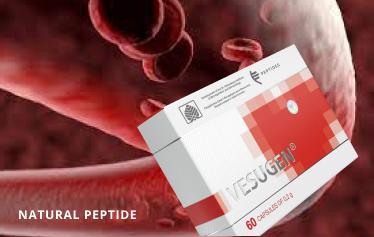Abstract
New-onset diabetes mellitus after transplantation (NODAT) is a frequent complication in kidney allograft recipients. It may be caused by modifiable and non-modifiable factors. The non-modifiable factors are the same that may lead to the development of type 2 diabetes in the general population, whilst the modifiable factors include perioperative stress, hepatitis C or cytomegalovirus infection, vitamin D deficiency, hypomagnesemia, and immunosuppressive medications such as glucocorticoids, calcineurin inhibitors (tacrolimus more than cyclosporine), and mTOR inhibitors. mTOR inhibitors are a class of drugs that inhibit the mechanistic target of rapamycin (mTOR), which is a special kinase. mTOR regulates cellular metabolism, growth, and proliferation by forming and signaling. The most established mTOR inhibitors are rapamycin and its analogs, which have shown tumor responses in clinical trials against various tumor types.
The most worrying complication of New-onset diabetes mellitus after transplantation are major adverse cardiovascular events which represent a leading cause of morbidity and mortality in transplanted patients. However, New-onset diabetes mellitus after transplantation may also result in progressive diabetic kidney disease and is frequently associated with microvascular complications, eventually determining blindness or amputation. Preventive measures for New-onset diabetes mellitus after transplantation include a careful assessment of glucose tolerance before transplantation, loss of overweight, lifestyle modification, reduced caloric intake, and physical exercise. Concomitant measures include aggressive control of systemic blood pressure and lipids levels to reduce the risk of cardiovascular events. Hypomagnesemia and low levels of vitamin D should be corrected. Immunosuppressive strategies limiting the use of diabetogenic drugs are encouraged.
Conclusion: There’s a high risk of new-onset diabetes mellitus after transplantation after kidney transplantation. Many hypoglycemic drugs are available and may be used in combination with metformin in difficult cases. In patients requiring insulin treatment, the dose and type of insulin should be decided on an individual basis as insulin requirements depend on the patient’s diet, amount of exercise, and renal function.
Source MDPI











Leave a Reply
You must be logged in to post a comment.